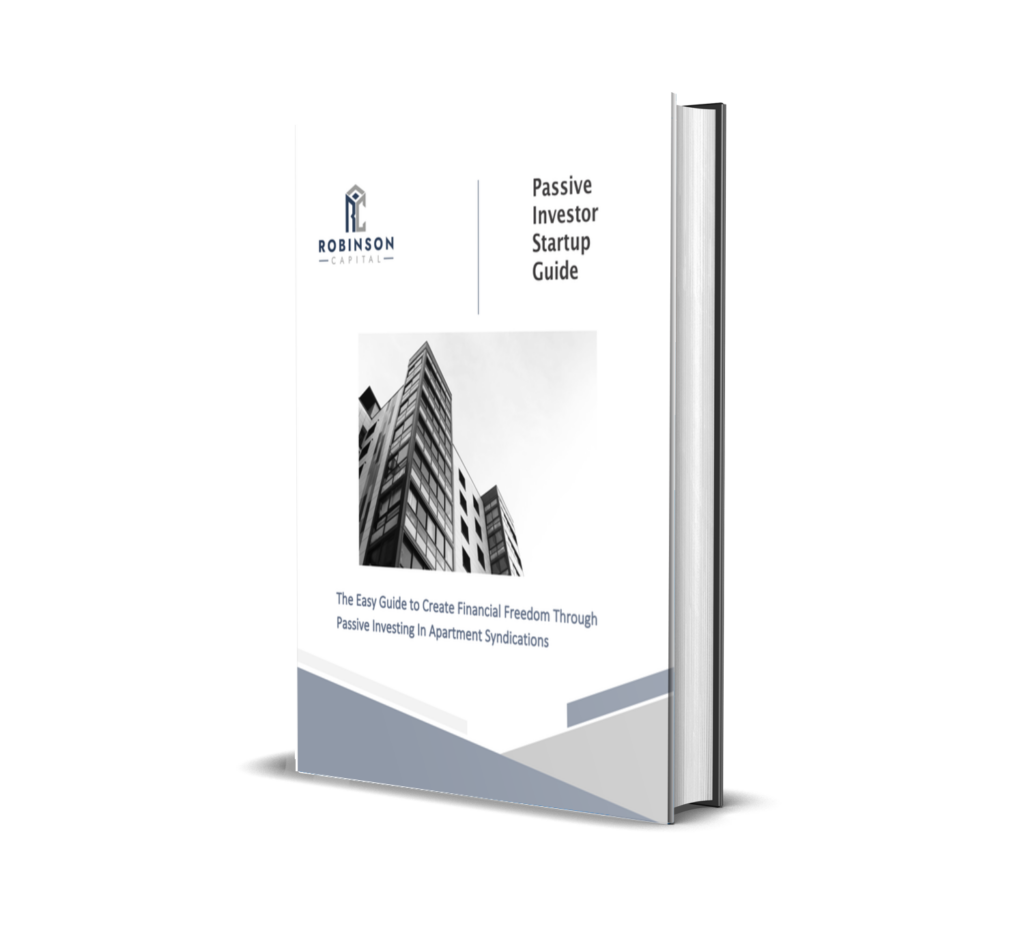Buying multifamily real estate involves addressing many variables. Underwriting is the process of accounting for those variables in order to determine an appropriate price based on the identified value. Recognize that multifamily real estate (5 units or greater) is considered commercial real estate, and is valued differently from residential (single family homes and small multi families of up to 4 units). Whereas residential real estate valuation is based upon comparable properties, multifamily valuation is derived directly from the net operating income that the asset produces.
Therefore, mistakes in the underwriting process for multifamily real estate can be detrimental, as you can ultimately pay too high a price or encounter unforeseen events and costs that can be painful for you and your investors.
Here are the very common mistakes that buyers – inexperienced and experienced alike – often make in the underwriting process.
Overestimating Income
When evaluating a property’s income potential, do not simply rely the broker’s numbers in the pro forma . Doing so can lead to a misunderstanding of cash flow and valuation and ultimately end in disappointment. During your analysis, you may find listings that include “Year 1” income, which is an estimate of what the buyer could achieve after a year. Beware and cautious for two reasons:
- Those income levels do not exist today
- Those income levels still may not be realistic by Year 1
Instead, take note current rental values of existing tenants and when evaluating future income potential research market rates for properties of similar size and offerings in the same markets.
Underestimating Expenses
In the same manner that one can overestimate income during underwriting, one can underestimate expenses, leading to the same potential results. When you review broker listings, often you will see the seller’s expenses. They are often understated and do not account for things that should be included as an expense.
- Property management
- Maintenance
- Landscaping
- Vacancy
Special note on vacancy: this expense is an often missed or underestimated cost. Certainly ensure to account for reasonable vacancy, as many properties are not fully occupied all the time and cannot achieve the maximum possible income. Unplanned or unaccounted for vacancies can eat up cash flow and lead to disappointed investors.
Usually, during preliminary analysis, I estimate 50% expenses. That means that the value of expenses that I input into my analysis is 50% of the income. This is a widely used conservative rule of thumb is very helpful and errs on the side of caution, until you can verify true expenses in the later due diligence process.
Insufficient Market Analysis
Investors should be very knowledgeable about the market in which the property resides.
Employment
- What are the employment trends?
- Who are the major employers and what jobs are coming to the area?
- Are jobs leaving the area?
Path to Progress
- What hints are there that this is an area poised for growth?
- What are market rents?
- What are local vacancy rates?
Crime
- What is the crime rate in the area?
- Is the property in a war zone?
- How far from a war zone is the property located?
All of these and more are great questions to ask in your analysis. Remember, you can never know too much about your market. If you start to identify unfavorable market indicators, perhaps you should begin exploring a different market.
Becoming Emotional
Finally, emotion has not place in investing. The numbers and data should facilitate decision making. Unfortunately, for many investors, emotions drive the decision and they end up making any of the following errors:
- Overpaying for a property
- Walking away from a great deal
- Becoming frustrated when any challenge arises
- Never getting started in the first place
Reading the above, we can all see the error in decision making; however, we are each likely to engage in this behavior without disciplined minds. Brandon Turner, host of the Bigger Pockets podcast, often says to overcome your fear with math. What he means is, look at the data and your analysis, and gain confidence from the numbers and your competence gained from repeated practice.
There are few processes as critical to your investment success as good underwriting. Remember the above common mistakes and practice analyzing properties every day. Doing so will allow you to gain the confidence needed to engage investors, brokers and banks.
Passive Investor Startup Guide

To find out more about what it looks like to invest as a passive investor in multifamily real estate, download our free Passive Investor Startup Guide here!
Popular Passive Investor Articles
- – Mindset: Freedom through passive investing
– What is multi-family syndication?
– Do I have to be accredited to invest in a syndication?
– How passive investors can find great sponsors
– What to look for in potential syndicators
– About Robinson Capital

.

Rodney Robinson II
[email protected]